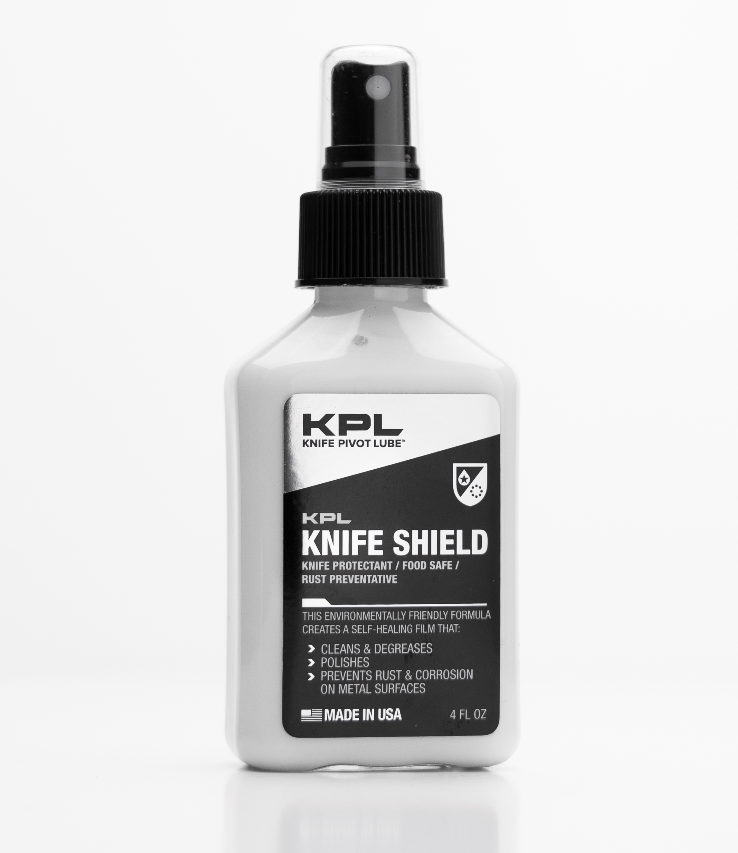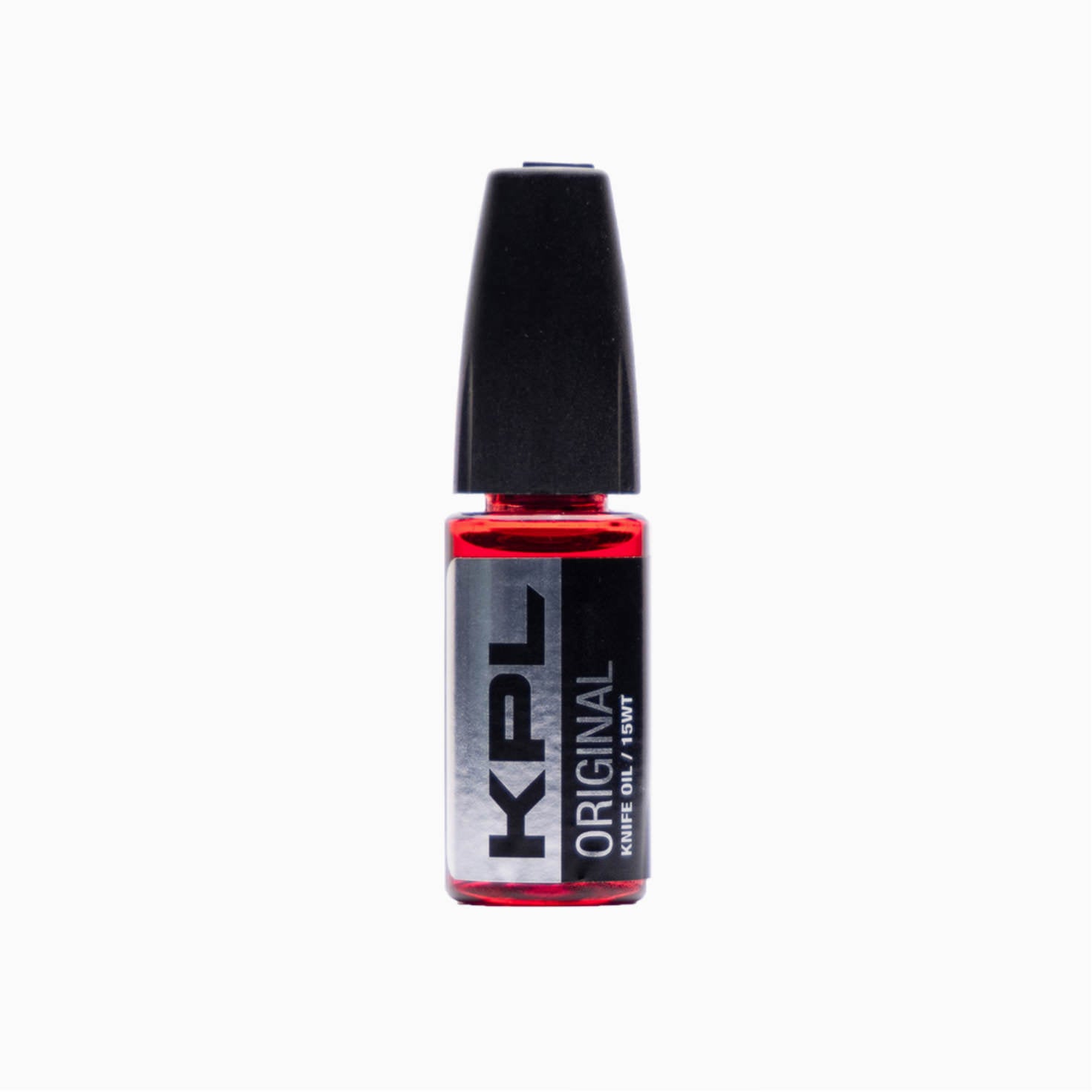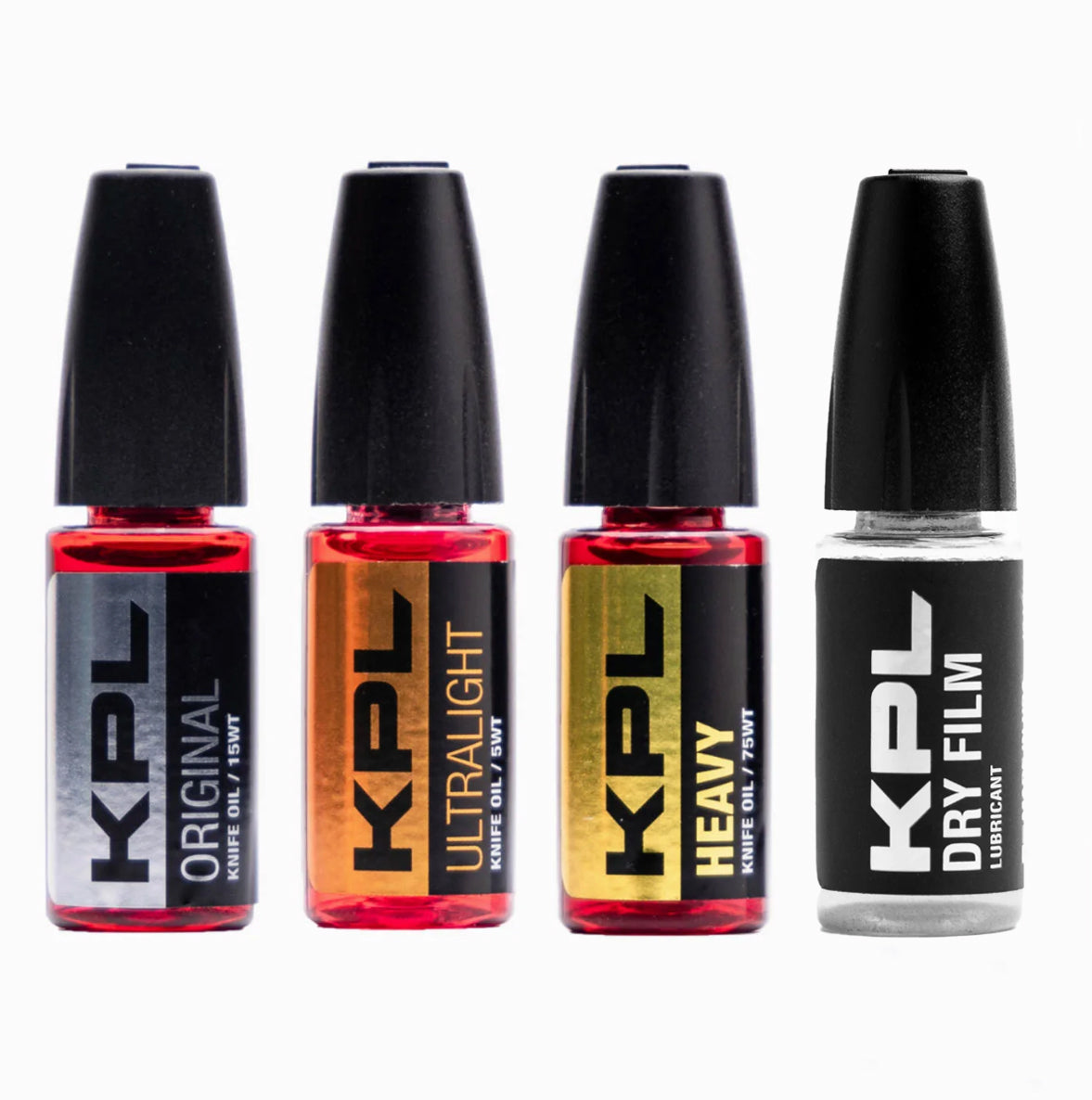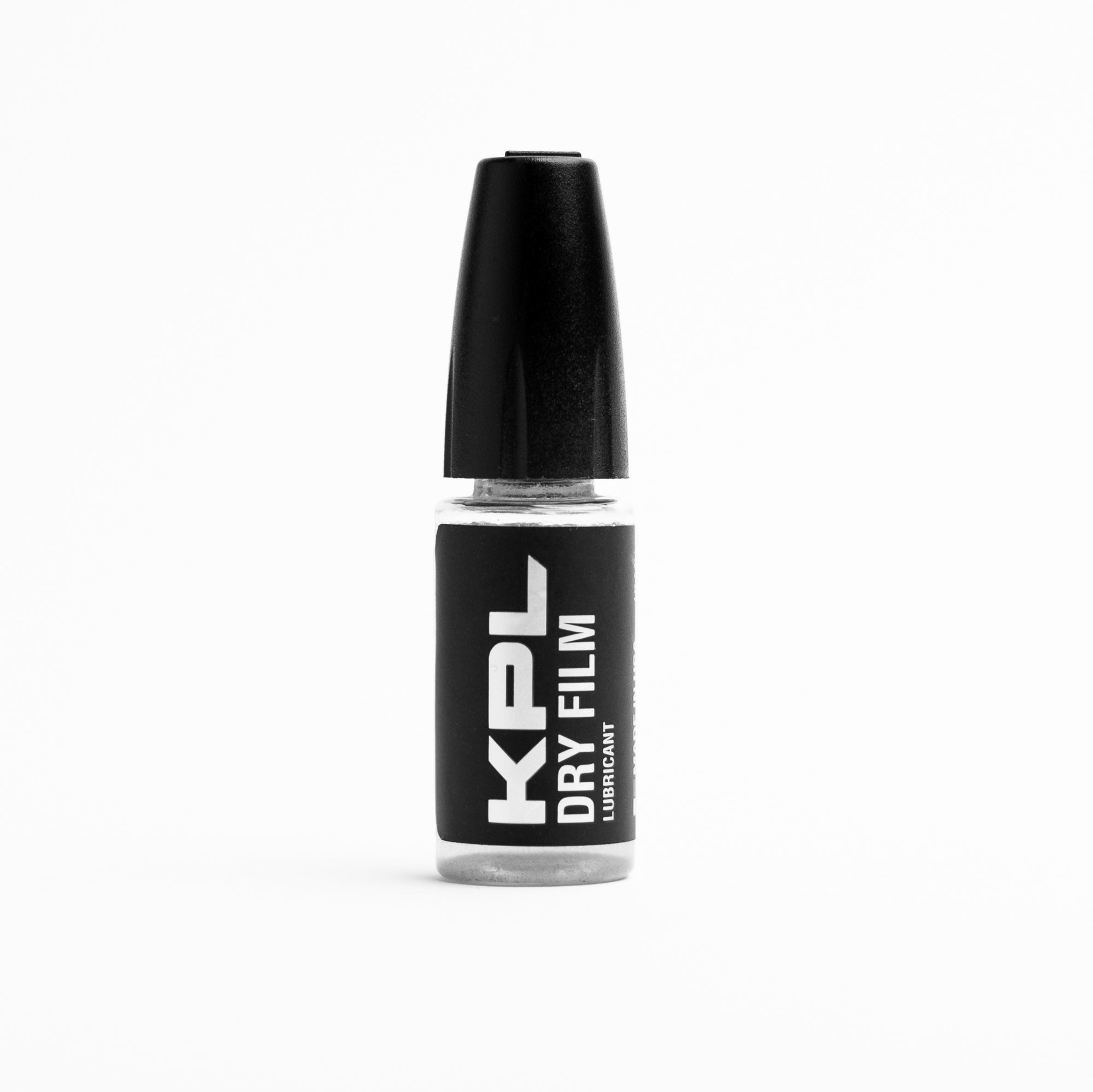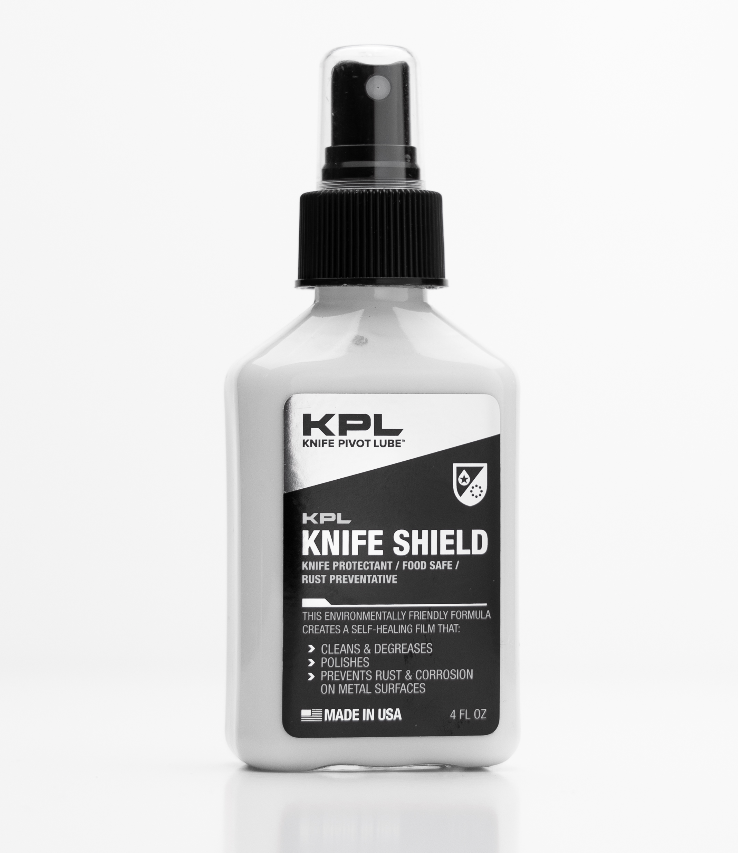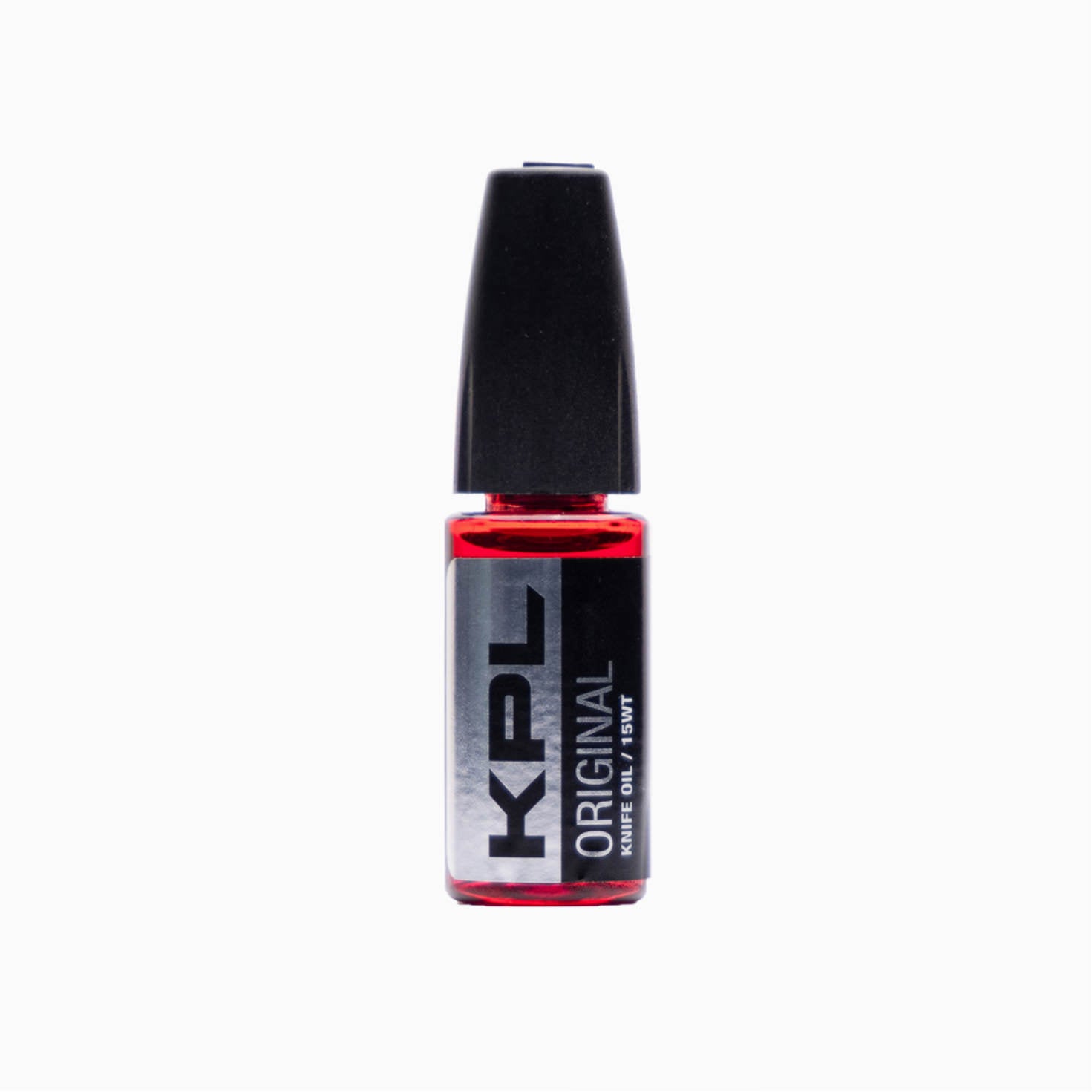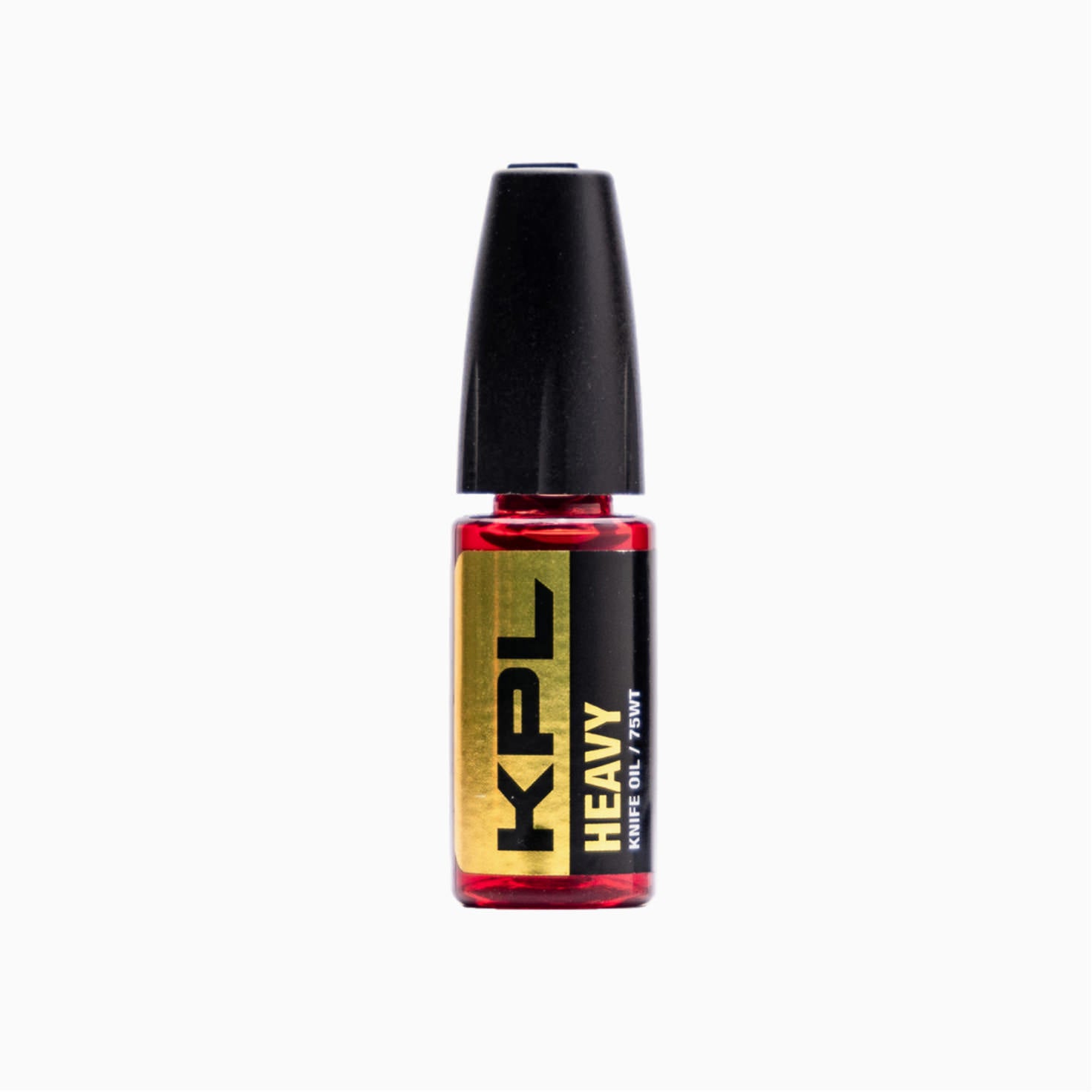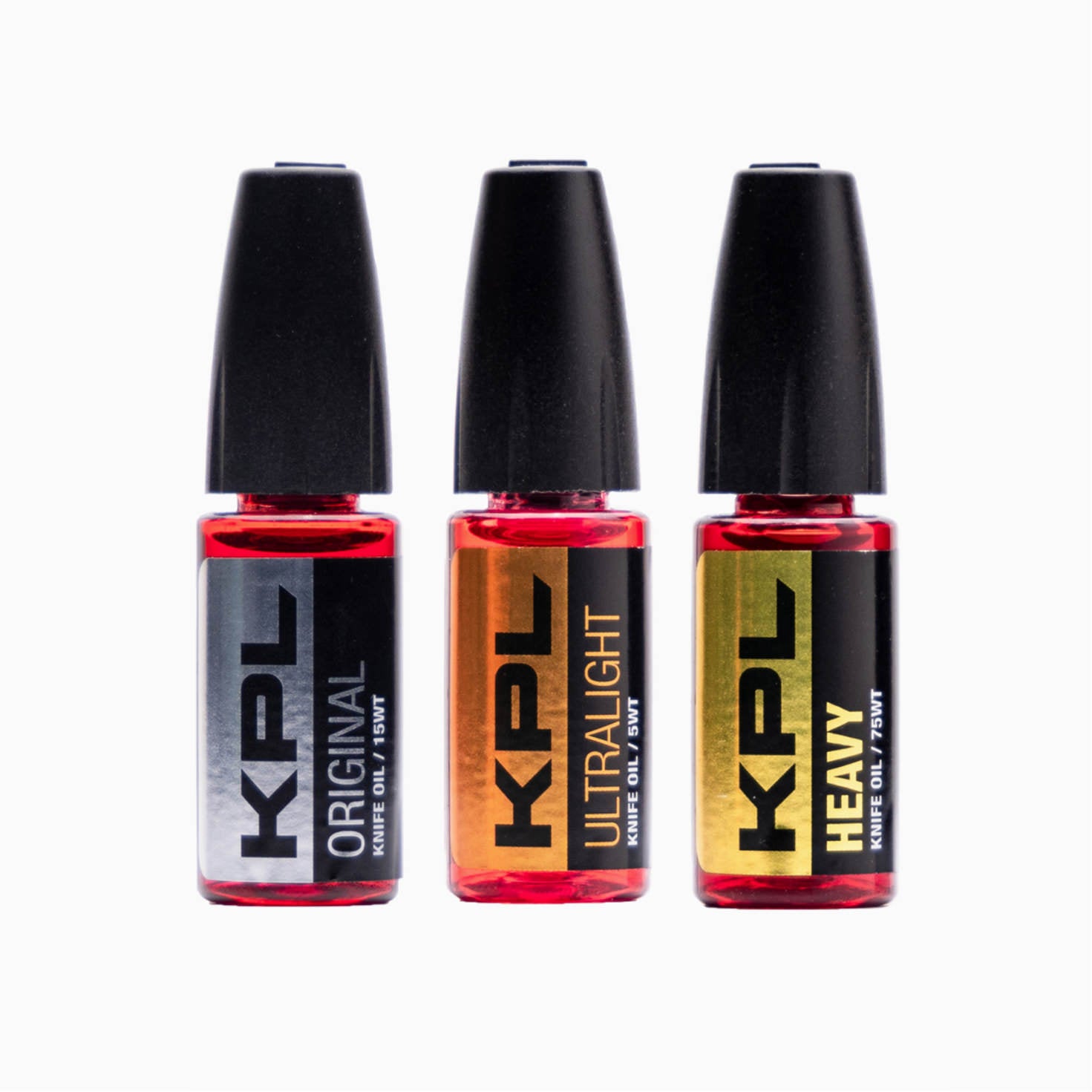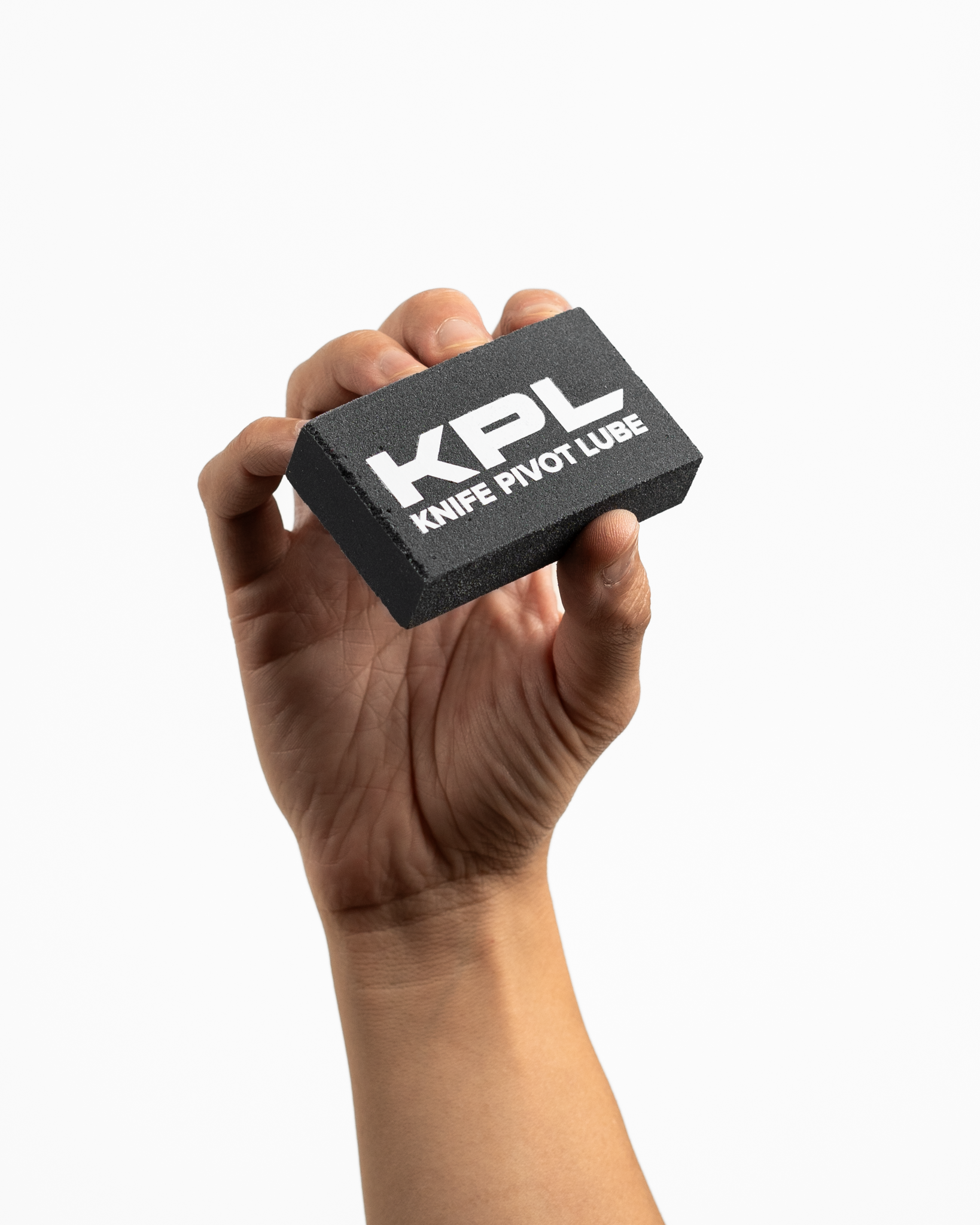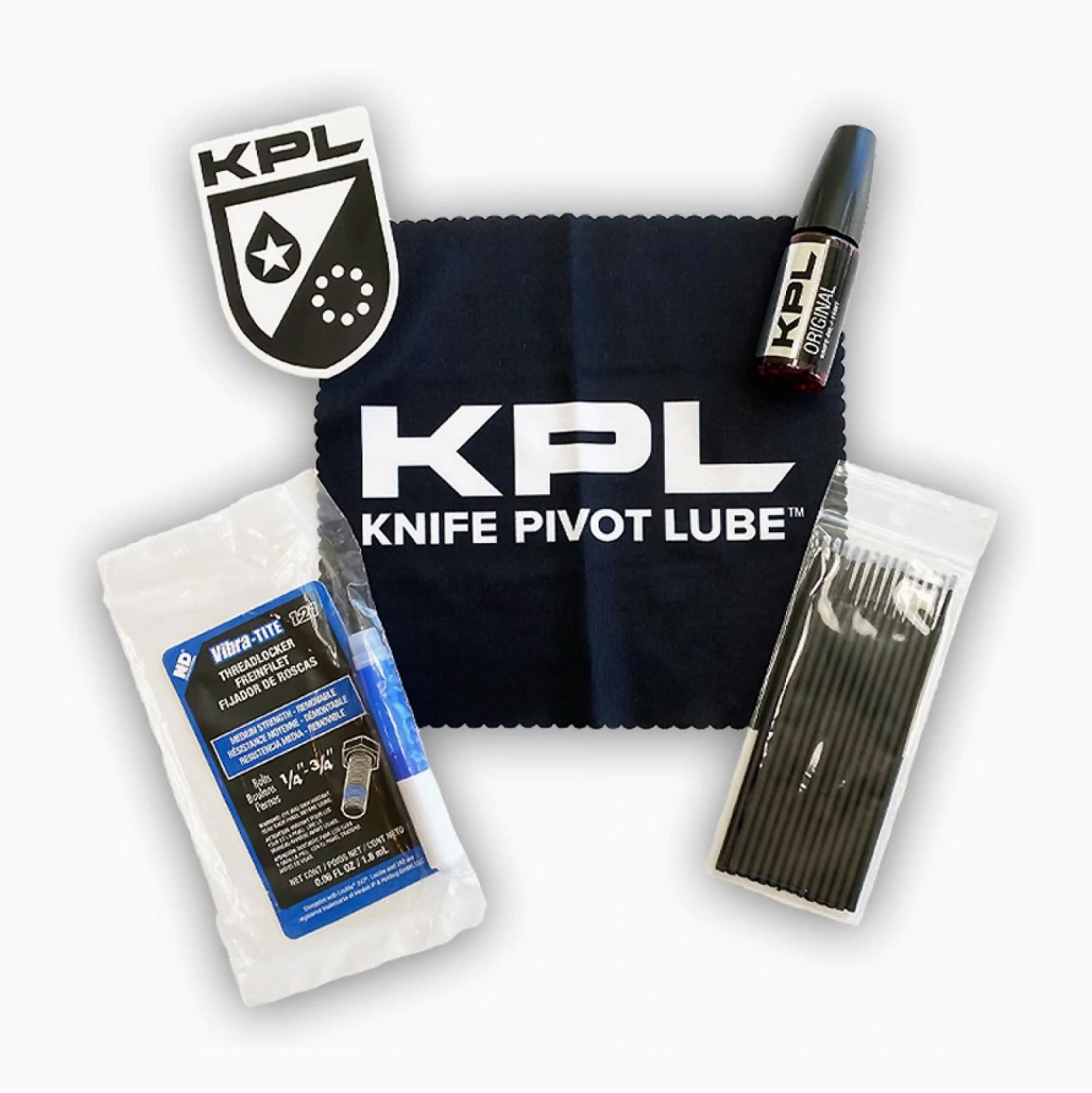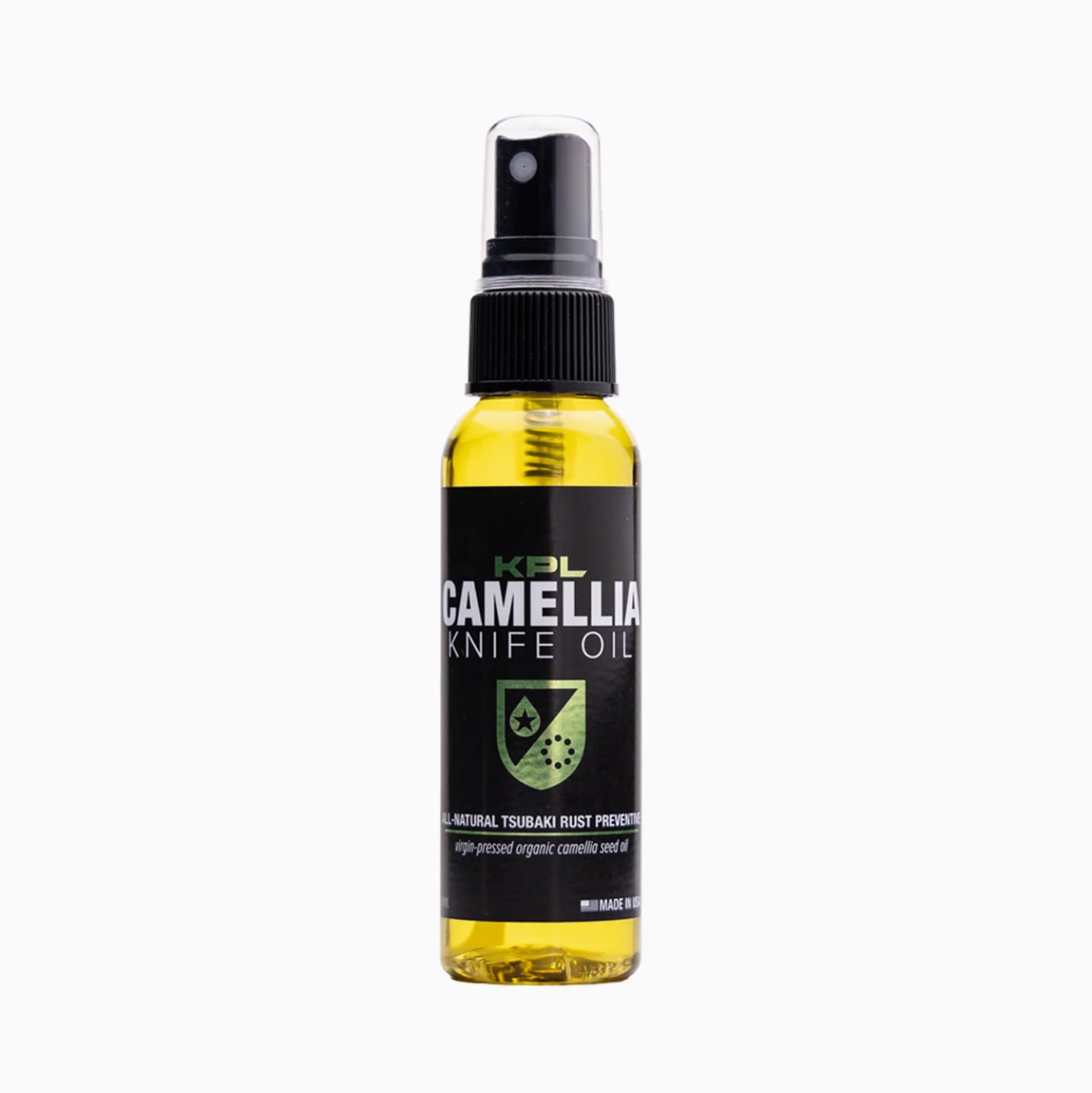Maybe you’ve had your balisong for a while and it’s starting to loosen up a bit, get gritty, tight, or squeaky, or maybe you just want to squeeze that extra bit of performance out of it. Perhaps you just purchased your first balisong or are looking to buy one. In any case, if you own a balisong or soon will, this article is 100% for you!
As a demonstrator, we'll be talking about the Squid Industries Mako V2 (pictured below).

Before getting started, take a moment to familiarize yourself with the components of your knife, how it is constructed, and where the adjustment points are. You'll want to be familiar with all the parts of your knife so that you don't misplace anything or reassamble it incorrectly.
Don't worry, this is going to be easy! Grab your tools and let's move to the first step.
Step 1: Test Your Balisong

First, test how much swing your balisong has in the handles. This is pretty easy, just drop a handle and see how well and how smoothly it oscillates. You'll want to know how smoothly things are operating before and after you do your tuning.
Then, check the handle play as in the photo above. Handle play is how much the handles move apart from each other when gently pressed in opposite directions radially.
Knife Pivot Lube Knife Oil for Ultimate Smoothness
A slight bit of play is okay, but too much can lead to handle tap, where flat sides of the blade tend to collide with the handles when flipping, which is something you may want to avoid.
Step 2: Tighten and Loosen Your Balisong

Clean any old threadlocker off of your pivot screws by rubbing them with a cloth and applying acetone if necessary. Then add some fresh threadlocker to each screw and put them back into your balisong.
As shown in the picture above, tighten your knife's pivot screws until the handles cannot swing anymore. (Note that balisongs that use bushings are designed to be fully tightened and still swing without adjustment. If your knife still swings while fully tightened, that means the bushings are working).
Now that your screws have been installed and tightened down, slowly loosen each screw about 1/16th of a turn and test the swing on your handles. Continue repeating the loosening and testing steps in careful increments until the handles swing properly again.
After this, if using Loctite, you should let the knife rest so that the threadlocker can cure for 24 hours after tuning.
Below shows what your handle play should look like before and after tuning.
Before:

After:

Step 3: Lubricate Your Balisong

Just like in the picture above, apply a small bit of lubricant to each washer or bearing on your knife or trainer and move it a little to apply the lubricant evenly. This will help make sure your balisong is able to perform at its best.
Step 4: Maintaining Your Tune
It is recommended that you re-tune your balisong every two weeks, or when the pivots gets looser and handle play increases. Regularly lubricating your balisong also helps keep everything running smoothly.
Use Knife Pivot Lube for the best formulated knife lubricant so that you can ensure the best for your knives. Our heavy formula is preferred by many flippers for its ability to smooth out actions and to stay put when applied.
Thanks for reading! Check out our other blog posts by me and my fellow editors here.
If you have any questions, please feel free to DM me on Instagram @blade.wielding.queen! BIG thanks to @99_eggs_on_the_wall for helping me take the pictures for this, and don't forget to use code BLADEQUEEN at checkout for 10% off your order!

